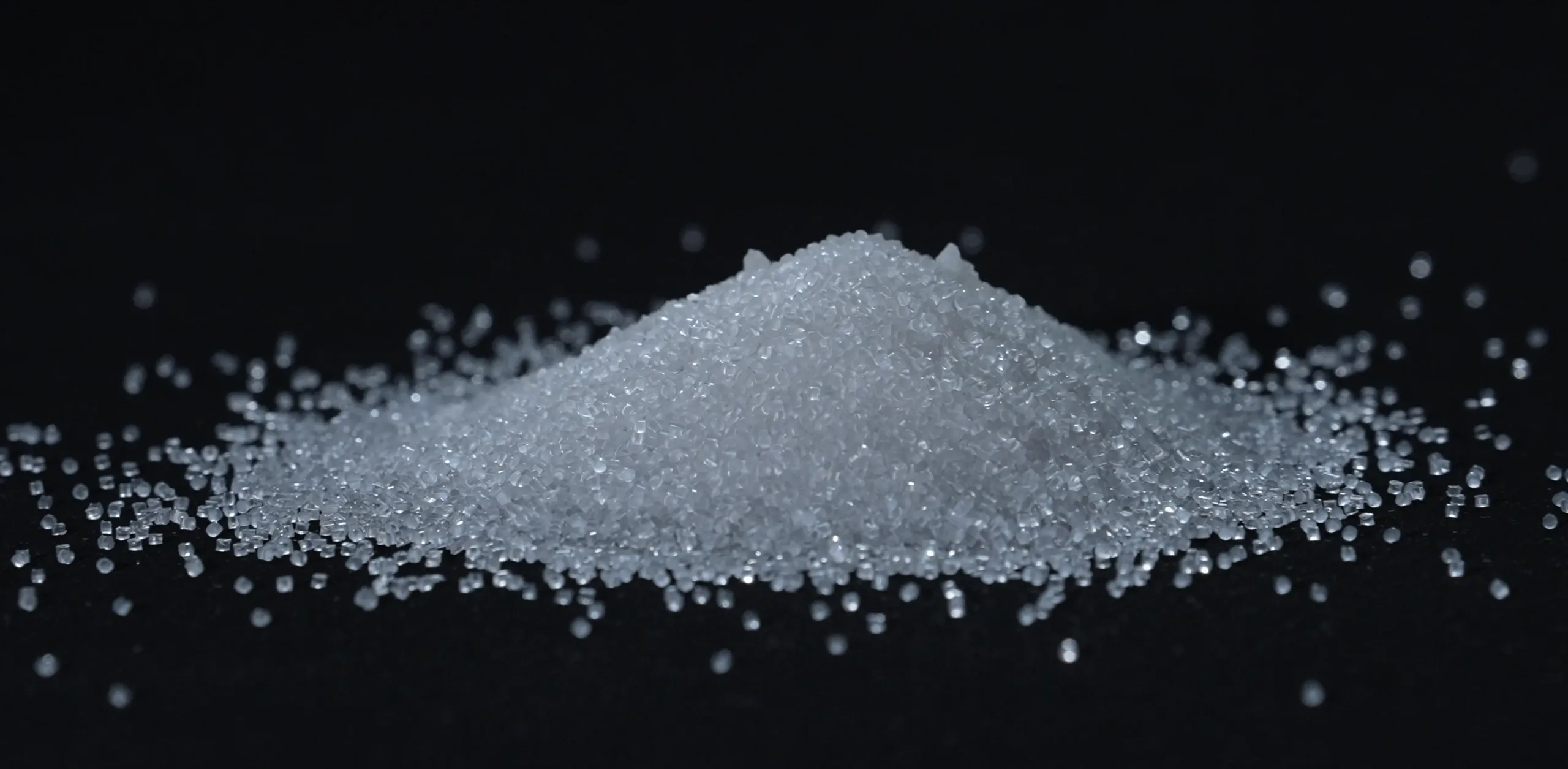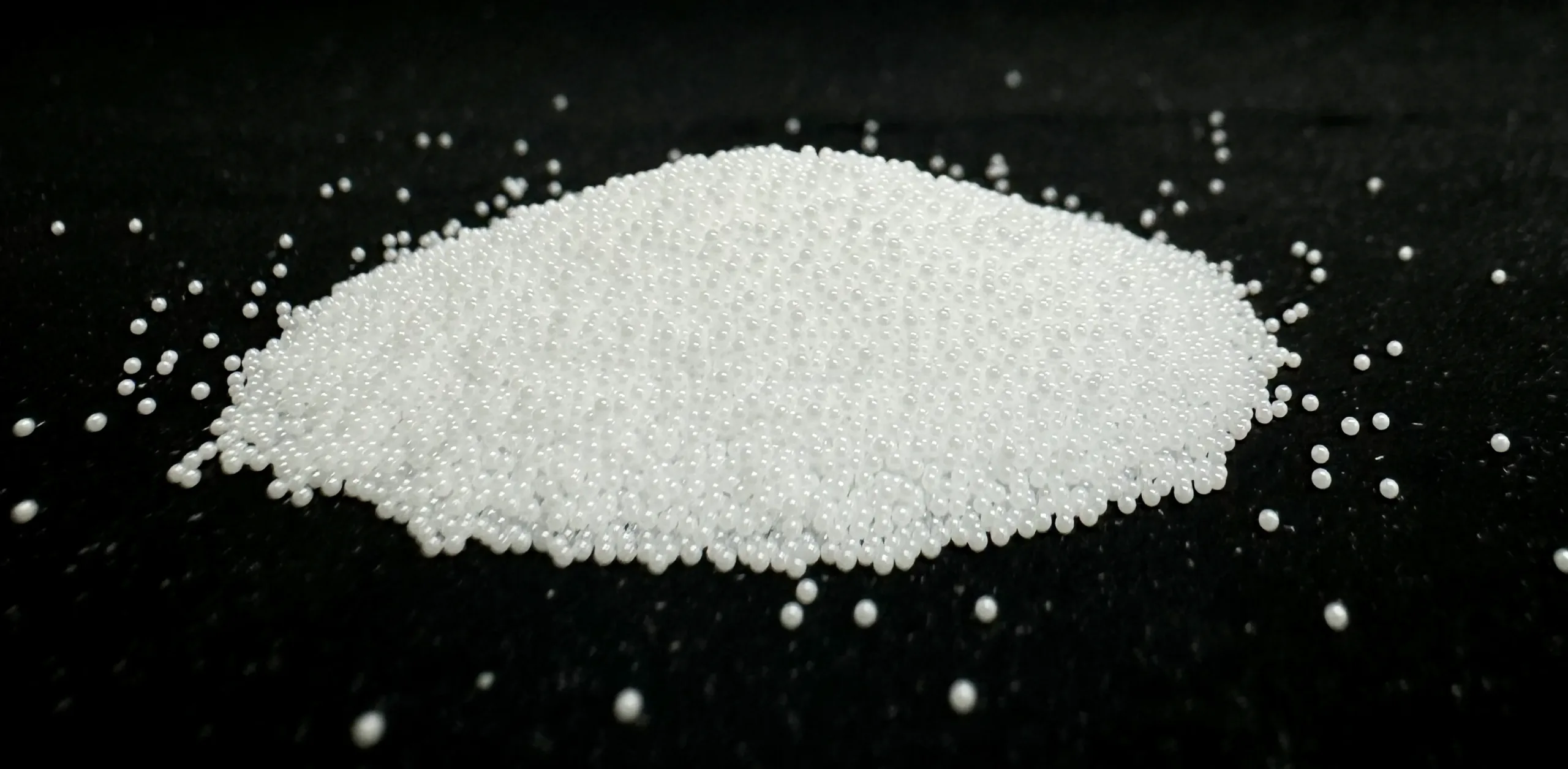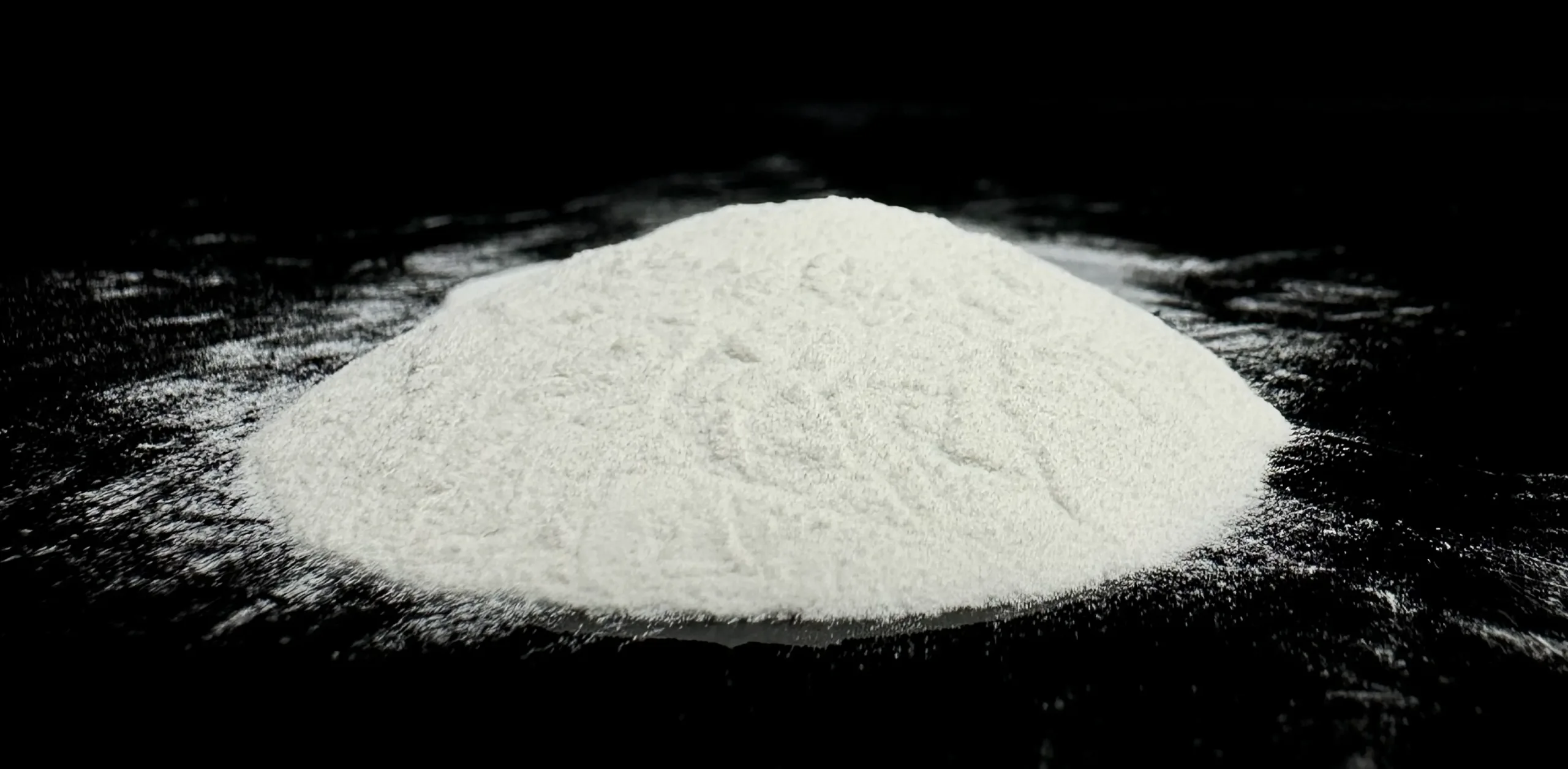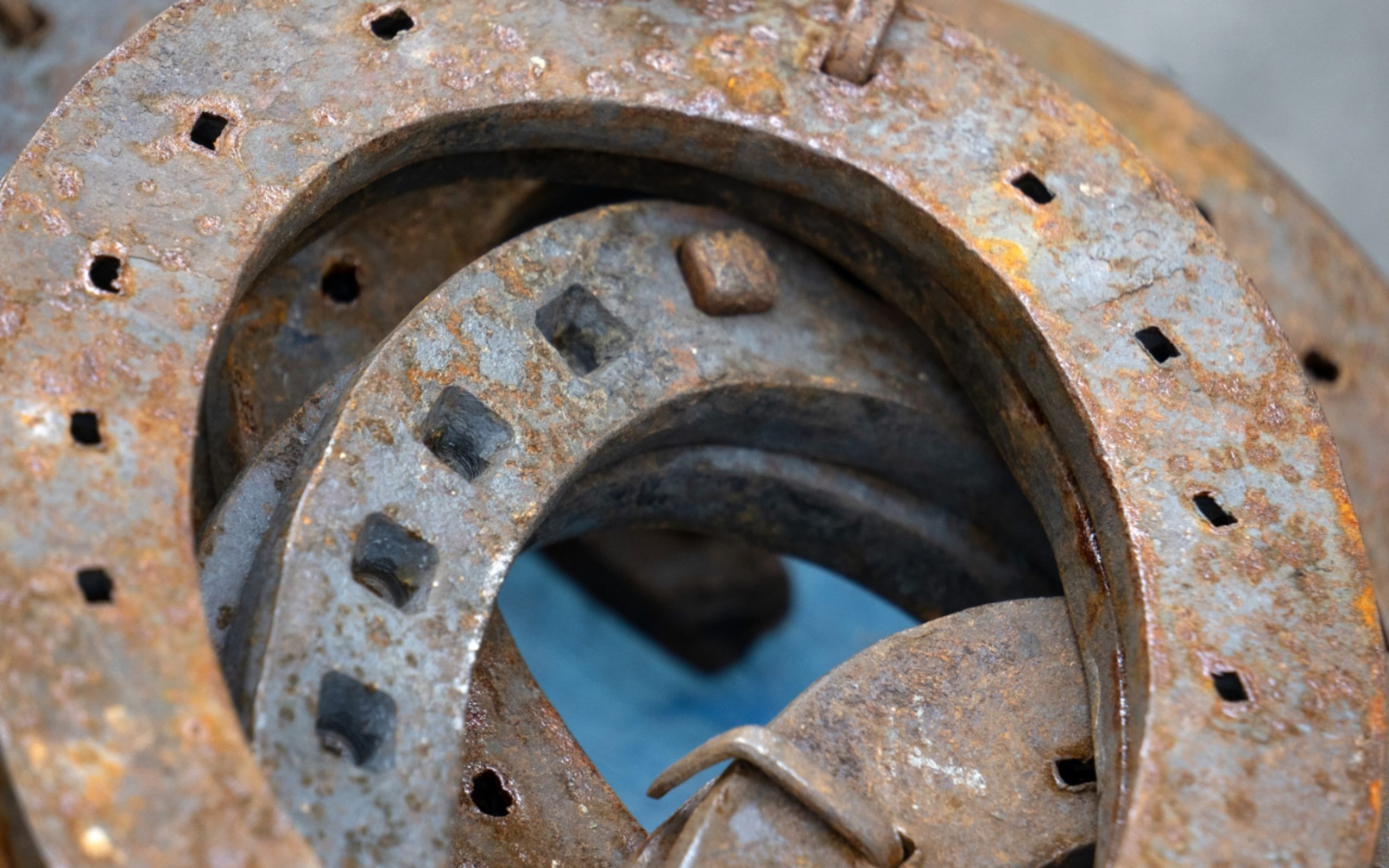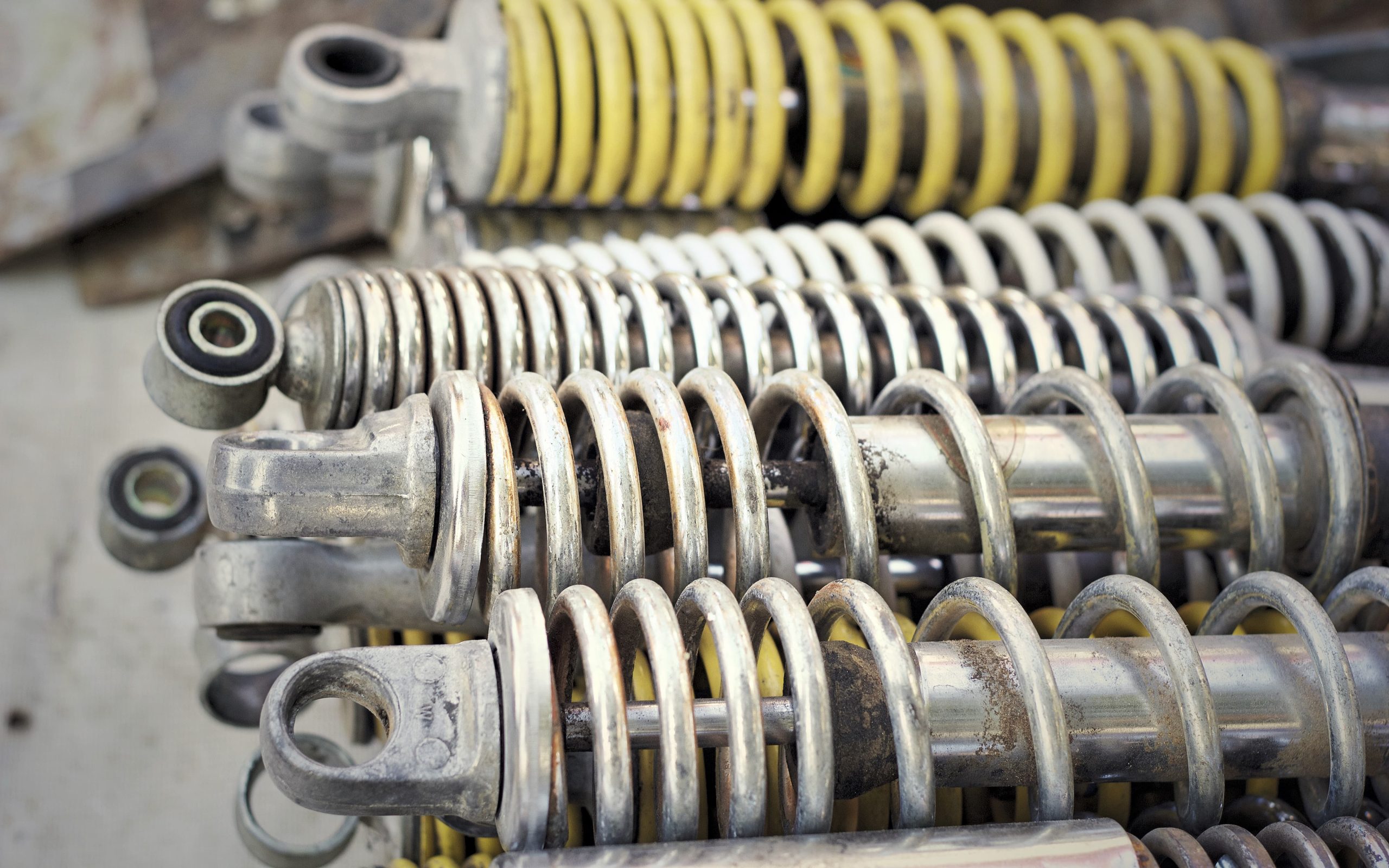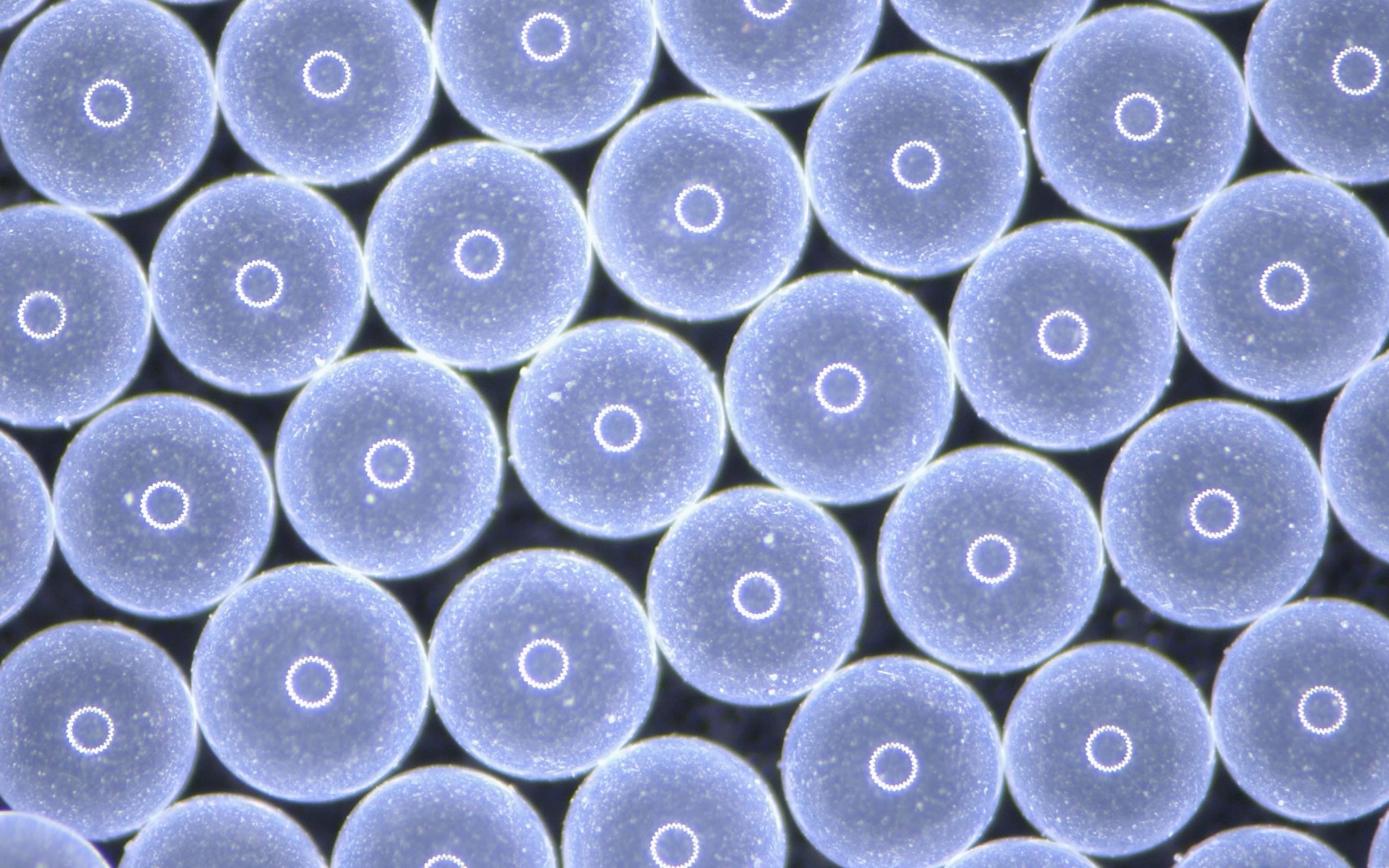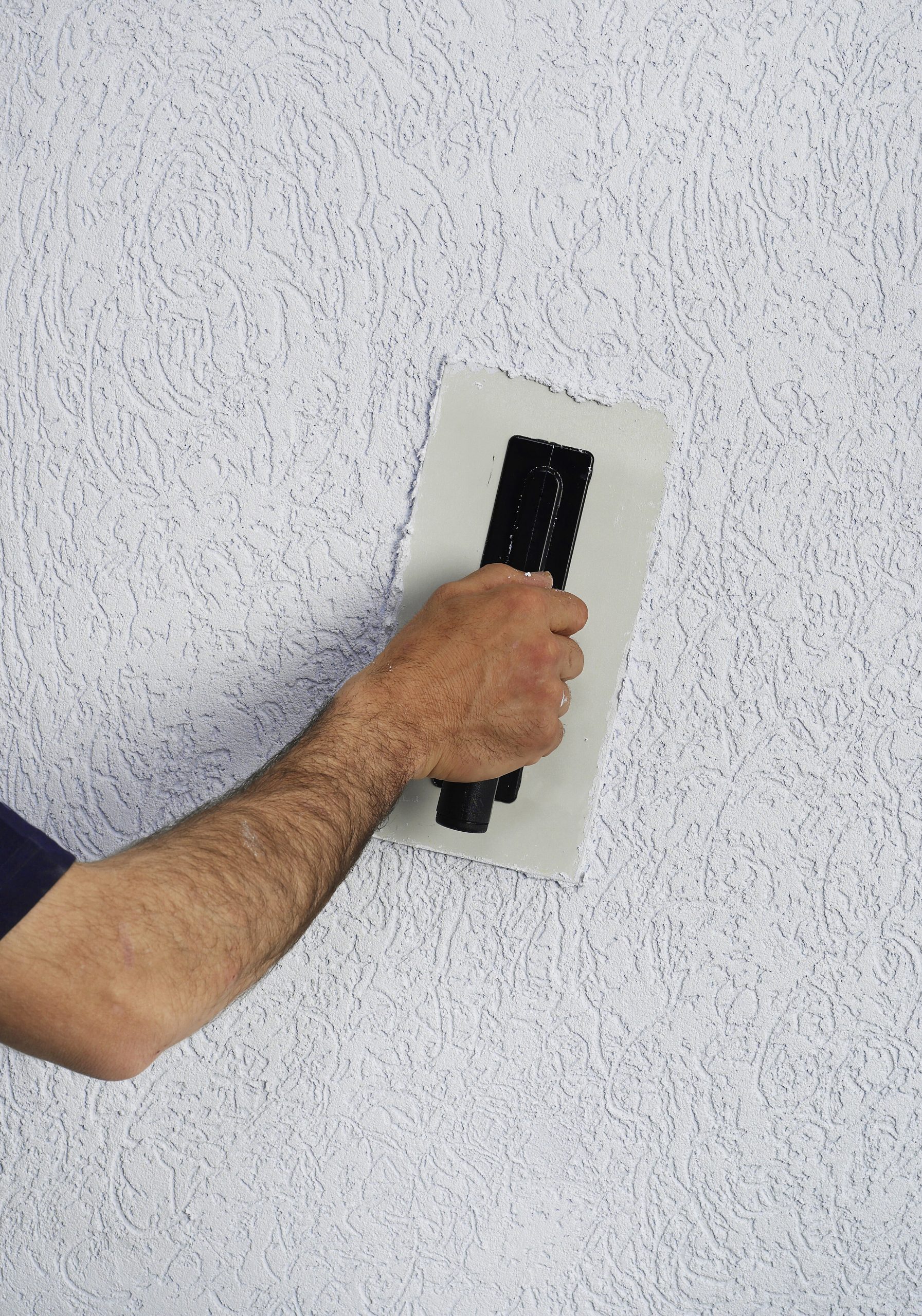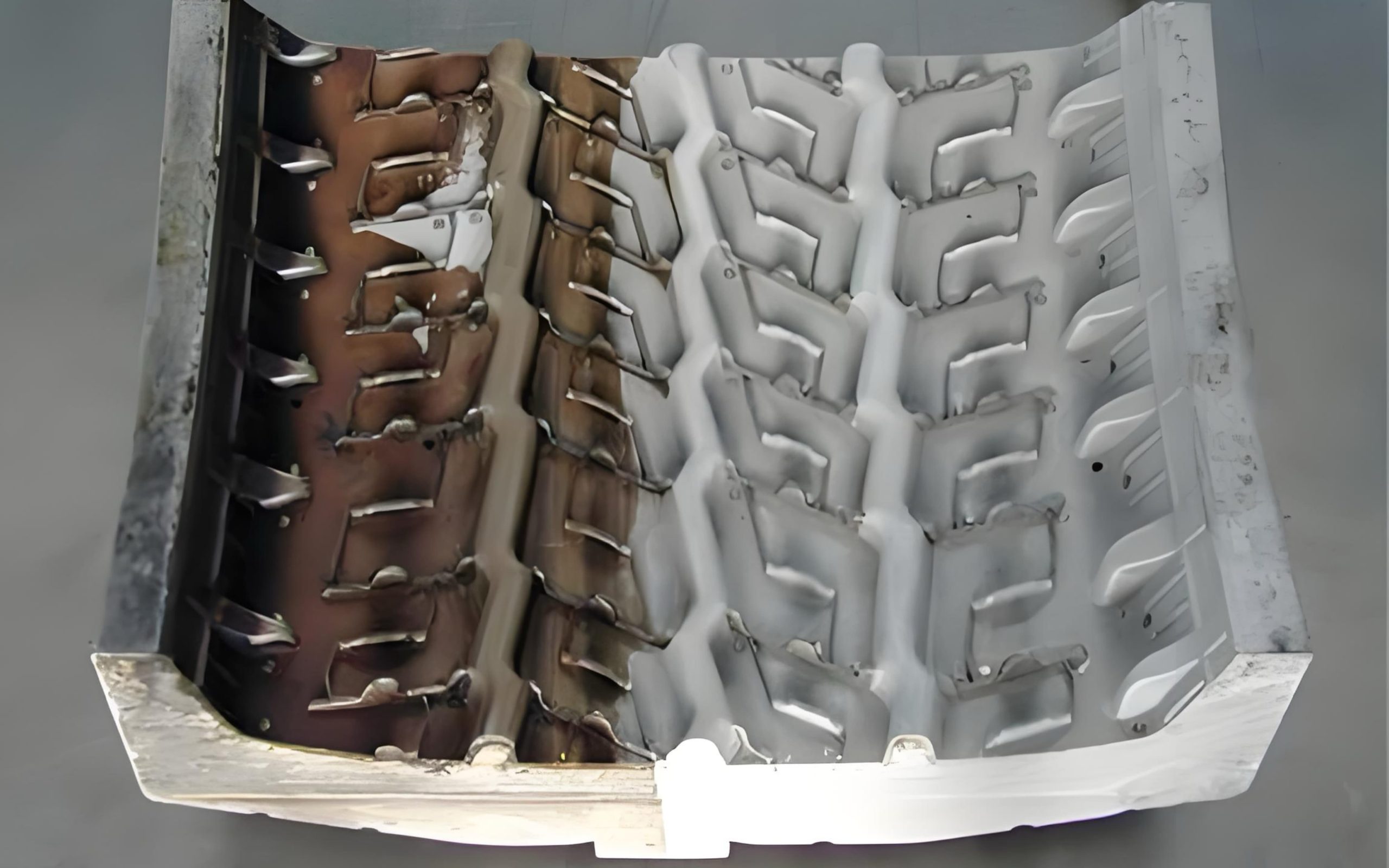From Dust to Brilliance: The Liquid Sandblasting Transformation
July 30, 2024

-
Cleaning Cast Surfaces: Liquid sandblasting effectively removes the oxide layer and residues from cast surfaces while polishing them to improve surface smoothness. This method is particularly economical and effective for complex, net-shape castings, such as turbine blades in jet engines. For die-cast parts, liquid sandblasting reveals a uniform metallic color, enhancing the parts' appearance. Liquid peening can further improve surface hardness and corrosion resistance, as well as beautify the surfaces of instrument casings and frames.
-
Removing Oxide Scale: After heat treatment, liquid sandblasting efficiently removes oxide scale and residual salts, enhancing surface smoothness. It is especially effective for complex molds and precision parts. For example, liquid sandblasting prolongs the life of files after heat treatment without damaging their cutting edges. This process is invaluable for industries that rely heavily on precision tools and molds, ensuring longevity and consistent performance.
-
Removing Micro Burrs from Machined Parts: Burrs, though small, can cause significant harm. As technology advances, mechanical parts are becoming more complex, with higher precision requirements. In industries such as textiles, hydraulics, aerospace, and medical devices, where burrs are not tolerated, liquid sandblasting is an efficient and high-quality method for deburring. It can also create small rounded corners at surface intersections, a common requirement for many mechanical parts. This precise control over surface finishing is crucial for maintaining the integrity and performance of high-precision components.
-
Cleaning Contaminants and Rust: Various molds, such as forging, stamping, rubber, tire, plastic, and glass molds, inevitably accumulate release agents and burn marks over time. Liquid sandblasting effectively cleans these contaminants, extending the molds' lifespan. It also meets medical sterilization requirements for food molds and restores old mechanical parts to like-new condition. This restoration capability is particularly beneficial for industries looking to refurbish and reuse expensive equipment, reducing costs and waste.
-
Preparing Surfaces for Other Treatments: Pre-treatment with liquid sandblasting before electroplating significantly enhances the adhesion of the plating layer. This is especially evident for hard chrome plating, such as on engine piston rings and textile machine rollers. For painted or sprayed parts, liquid sandblasting before coating increases the adhesion of the coating, improving bonding quality and strength. This step ensures that subsequent treatments are more effective, leading to higher quality and durability of the finished products.
-
Polishing: As a polishing method, liquid sandblasting is highly effective, particularly for parts with complex shapes like impellers and turbine blades. It is also economical for polishing molds for coins, ceramics, and diamonds. The ability to achieve a high degree of polish without damaging intricate details makes liquid sandblasting an invaluable tool in precision manufacturing and high-end production.
-
Creating Non-Reflective Decorative Surfaces: Liquid sandblasting produces non-reflective surfaces, making it ideal for parts that require smooth but non-reflective finishes, such as surgical instruments. It is also used for frosted glassware, instrument panels, plastic drawing paper, and single crystal silicon surfaces. The versatility of achieving both aesthetic and functional surface qualities expands the applications of liquid sandblasting in various fields.
-
Improving Mechanical Performance: Mechanical parts such as gears, crankshafts, textile machinery, and sewing machines benefit from liquid sandblasting. It improves surface smoothness by 0.5-1 grade and creates micro pits that retain lubricant, enhancing lubrication and extending part life. Liquid peening significantly increases fatigue strength and corrosion resistance, and exposes surface defects, aiding in crack detection. This comprehensive improvement in mechanical performance is essential for extending the operational lifespan of critical components.
What Are the Advantages of Liquid Sandblasting in Modern Industry?

Total Views: 6,347



